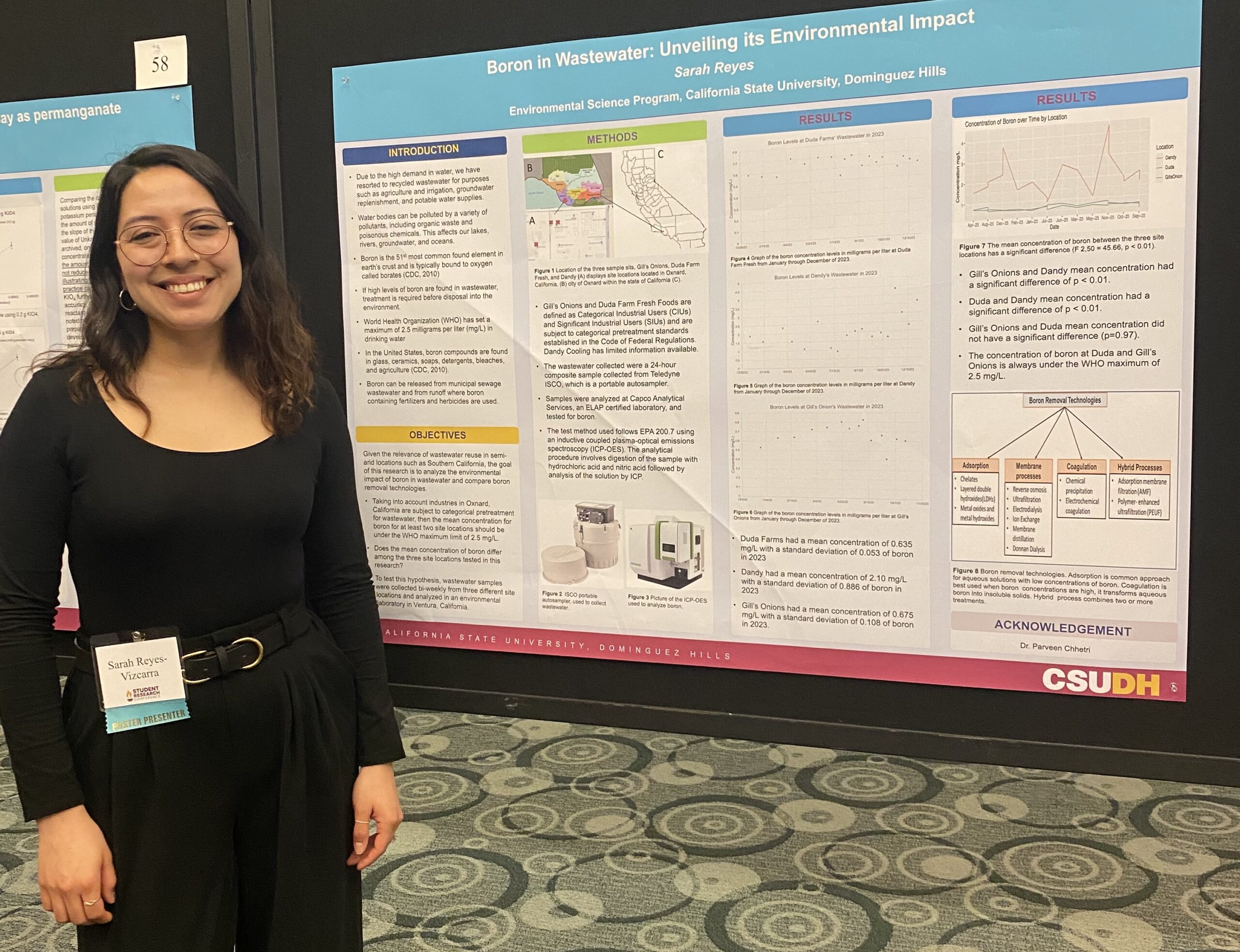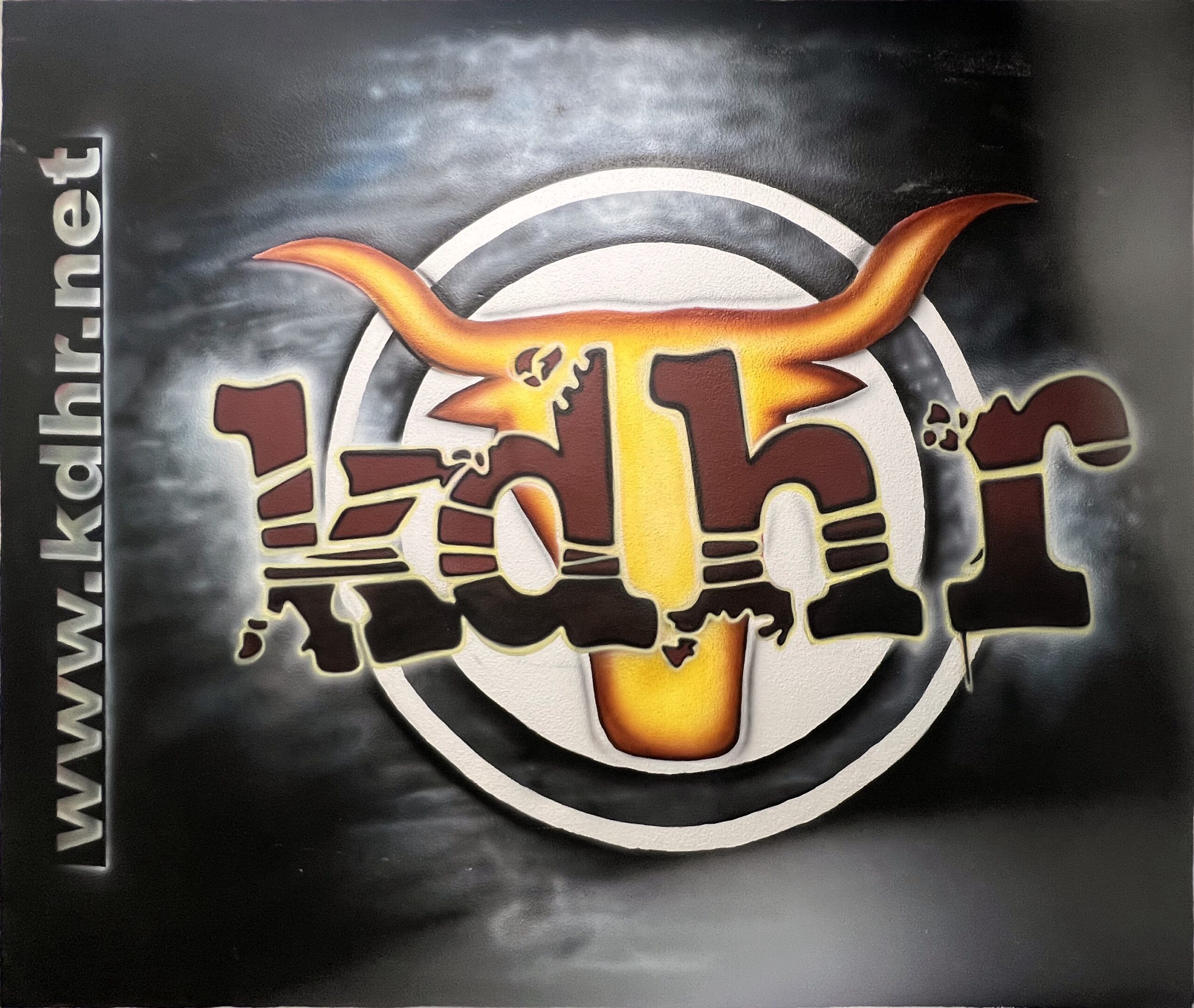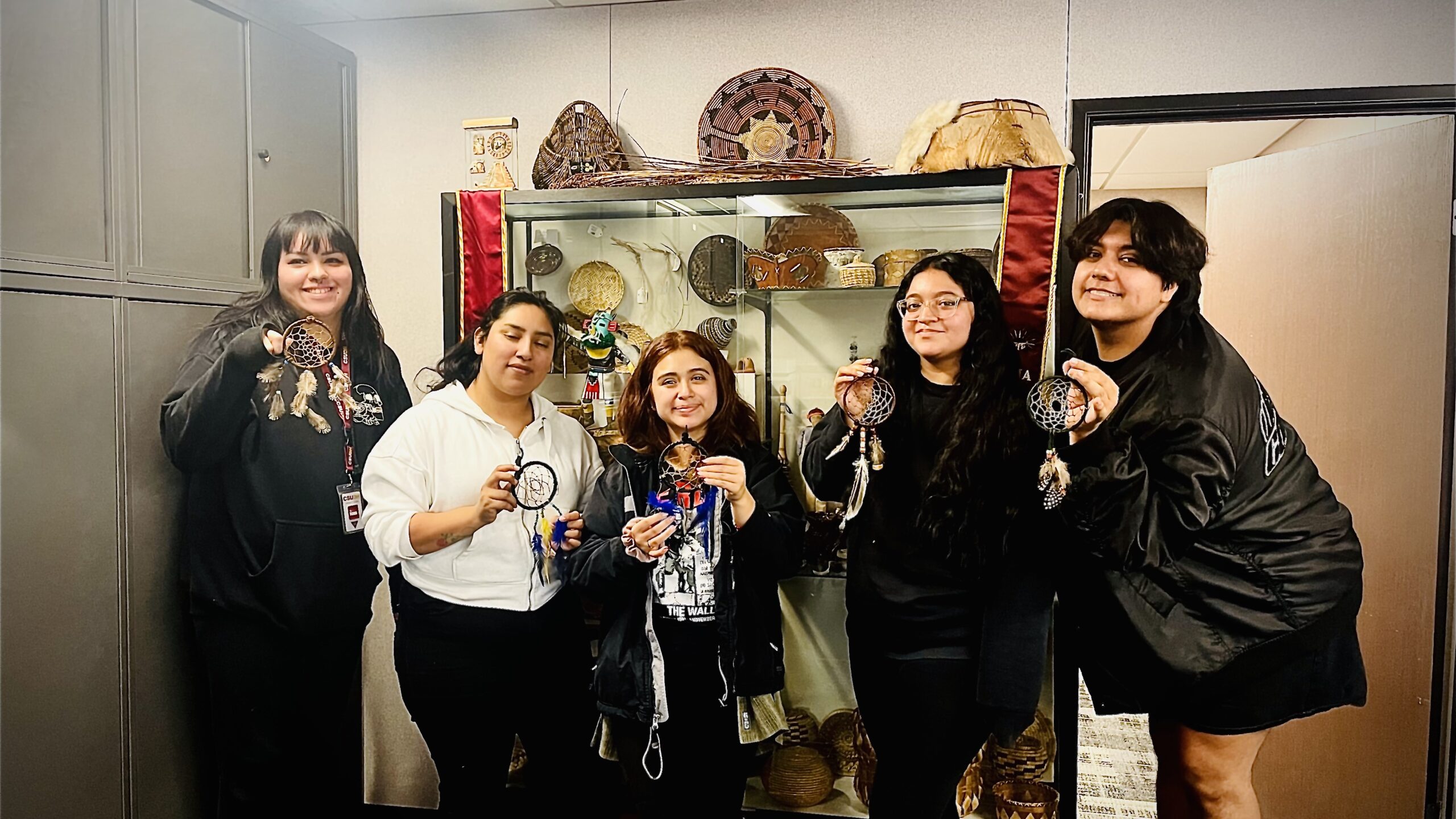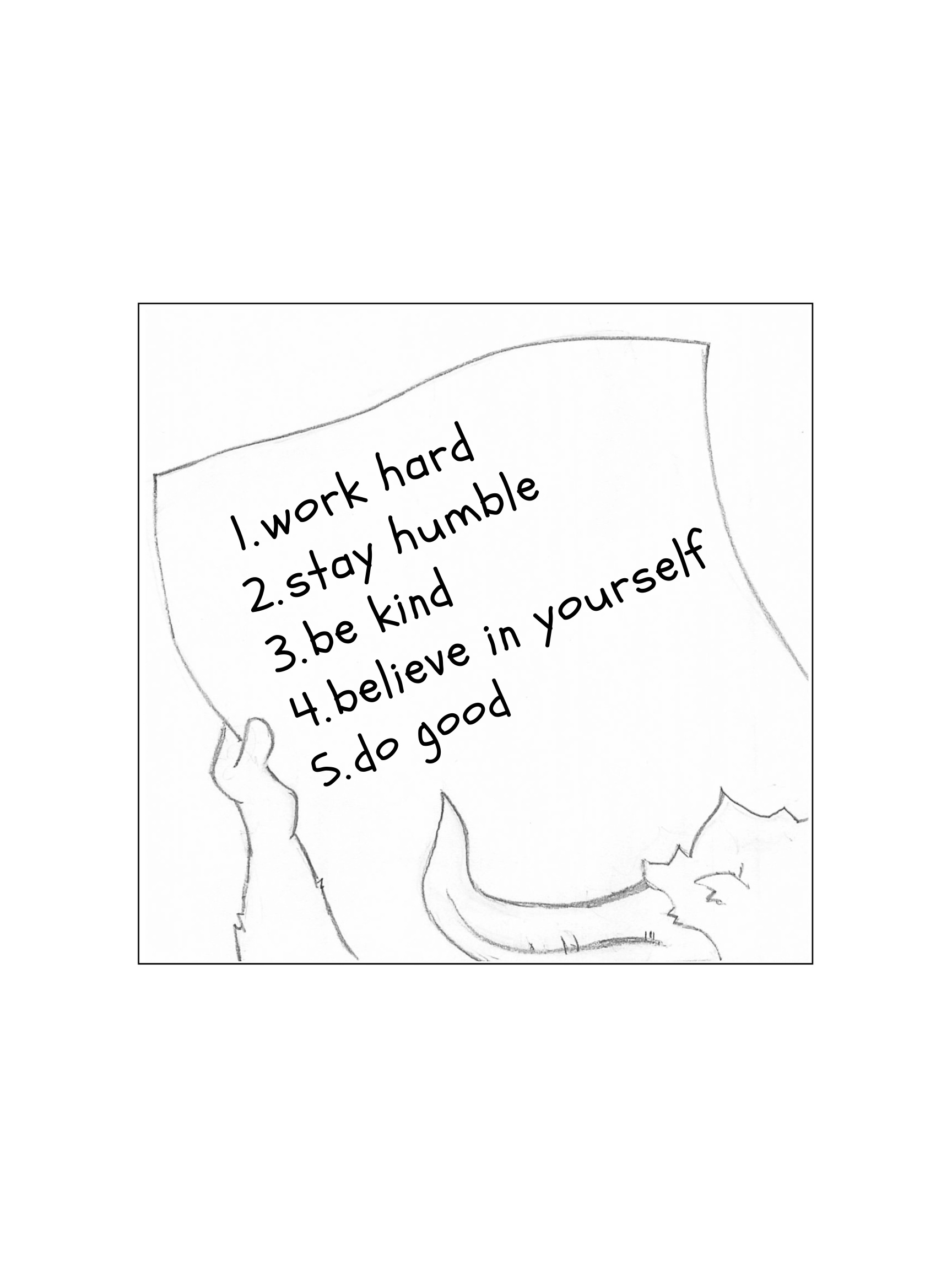Three-day event featured projects from several disciplines
From Feb. 14-16, 300 graduate and undergraduate Toros presented research during the 19th annual CSUDH Student Research Conference (SRC). The three-day event showcased projects from a variety of programs, including Psychology, Mathematics, and Dance.
Student scholars had the option of presenting their work as either a 10-minute speech, a poster, a symposium, a round table discussion, or a development project session. For consideration, students submitted abstracts of their research, and were partnered with a mentor in the field.
The SRC offers students an opportunity to have a professional conference experience, where they can share their creative projects. The event dates back to 2006, when it was called Student Research Day. Organizers eventually extended the event to three days when they realized there were more research projects than could be featured on a single day. The committee changed the name to SRC two years ago.
“One of the main benefits of participating is getting experience in presenting your research in a professional setting, but also that is super supportive,” said anthropology professor and SRC co-chair Ken Seligson.
“For students, it gives them the opportunity to learn, ‘well, how should I ask questions?’, and it makes them think about the questions they did ask and finally how to do a study,” said co-chair Cheyenne Cummings, a faculty member in the Department of Earth Sciences.
The SRC committee is composed of CSUDH faculty and staff, and Seligson said getting the conference off the ground every year requires a lot of effort and coordination.
“This involves organizing the call for submissions, bringing together faculty and staff as organizers, reviewing all submissions, scheduling them and putting them into the appropriate sessions, getting all the volunteer judges, and putting the program itself,” Seligson said.
Environmental science graduate students Jeffrey Herschler, Ricardo Aguayo, Alex Cavazos, Sarah Reyes-Vizcarra, and Candy Saucedo have also put in a lot of time and effort into researching and preparing their respective projects. Some of the students spent six months on their study, while others spent a year digging into the data.
Reyes-Vizcarra’s study on the impact of the chemical boron in wastewater claimed the top honor at the conference this year. She worked with an environmental lab, and spent a year evaluating and sampling the wastewater of different companies.
“I used the appropriate instrument to analyze what was needed, and I took advantage of that,” said Reyes-Vizcarra.
There are winners for the individual sessions and also judges can pick the projects that they feel were the most exceptional. Those winners are considered for the statewide competition. Then there are sustainability awards, where those specific awards were sponsored by California Water Service.
The five graduate students all presented different research topics. Herschler, who studied levels of carbon dioxide in CSUDH classrooms, said he felt accomplished after presenting his research.
“I was most proud when I put everything into Excel,” he said. “I graphed it up and what was staring at me was my hypothesis.”
Cavazos, who analyzed tree canopy coverage from 2008 to 2022, said coverage plays an “important role, especially on campus.”
“[Tree canopy coverage] help decrease the urban heat, and they help capture pollutants and urban runoff,” Cavazos said. “Once I was able to work with GIS and do something that I wanted to do in terms of research, that’s something, like, wow, I could do something important.”
Sustainability was also the focus of Aguayo’s research. He looked at access to solar panels in lower-income and underserved communities in the South Bay area.
“Sustainable energy is up on the rise,” Aguayo said. “Los Angeles County [Department of Arts and Culture] do contain solar infrastructures…these are the first steps of mapping out solar panel availability,” Aguayo said.
Seligson, the SRC co-chair, called the event the “highlight of the year” because the students had worked so hard for so long on their projects. “That they can present it with their friends, their peers, faculty, mentors, staff and family – it’s all worth it in the end.”



